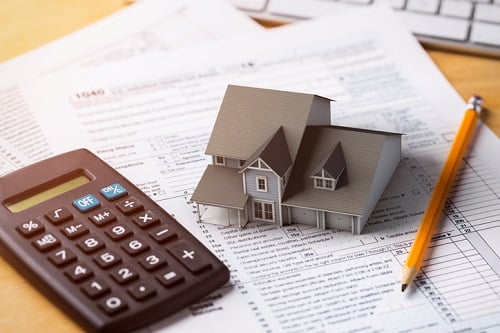Real Home Price Index reveals top 5 cities for consumer buying power

Household income in the year to May 2018 was up 3.2%. Unfortunately, in that time the unadjusted home price index increased 7.3% and mortgage rates for a 30-year FRM rose 0.6%.
Those three factors meant the Real House Price Index from First American Financial gained 11.4% year-over-year, reducing affordability. The index is based on consumers’ purchasing power for single-family homes.
However, in recent years there has been positive movement for affordability.
“Unadjusted house prices are 0.8% above the housing market peak in 2006, and have been increasing since the end of 2011, nearly a seven-year run,” said First American chief economist Mark Fleming. “However, consumer house-buying power has also increased by 55% since the housing boom peak in 2006 – that’s 69 times the increase in unadjusted house prices.”
With a low rate environment and a moderate increase in household income Fleming says that house-buying power has increased 23.6% in the near-7-year period.
RHPI highlights
- Real house prices increased 1.5% between April 2018 and May 2018 and increased 11.4% year over year.
- Consumer house-buying power, how much one can buy based on changes in income and interest rates, declined 1.0% between April 2018 and May 2018, and declined 3.6% year over year.
- Real house prices are 36.9% below their housing boom peak in July 2006 and 11.0% below the level of prices in January 2000.
Top 5 cities for homebuying power
Using a city's annual median household income, assuming that a household spends one-third of their income on a mortgage, and considering the current 30-year, fixed-rate mortgage rate, the five cities with the greatest consumer house-buying power based on the RHPI in May 2018 are:
- San Jose, CA: $660,884
- Washington, DC: $633,093
- San Francisco, CA: $583,496
- Boston, MA: $509,520
- Seattle, WA: $486,574
“Unsurprisingly, the top five cities coincide with the five cities with the highest household income – make more (money) to buy more (house). These cities also boast higher than national average household income growth – 4.9% from May 2017 to May 2018,” said Fleming.



